Handshapes
The following handshapes occur. The brackets indicate the notation I'm using; where possible, this is the SLIPA notation; where handshapes weren't in SLIPA I had to improvise some. The column indicates which fingers are held up (for the first four rows) or out (for the 90° fingers rows). Where two options are shown, the second one has the fingers all touching.
| None | I | I M | I M R | I M R P | P | I P | M R P | |||||
|---|---|---|---|---|---|---|---|---|---|---|---|---|
| sep. | together | sep. | together | sep. | together | sep. | together | |||||
| Normal (fist-like) |  [S] [S]
|  [G] [G]
|  [V] [V] | 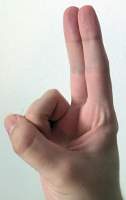 [V(] [V(]
|  [6] [6] |  [6(] [6(]
|  [4] [4] | 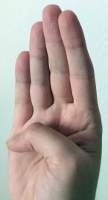 [4(] [4(]
| 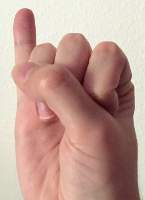 [I] [I]
| 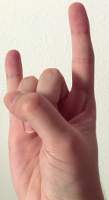 [Ŷ] [Ŷ]
| 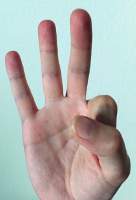 [F}] [F}] | 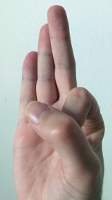 [F}(] [F}(]
|
| Thumb out | 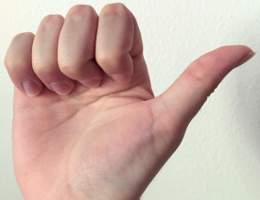 [Ŧ] [Ŧ]
|  [L] [L]
|  [5] [5] |  [5(] [5(]
| 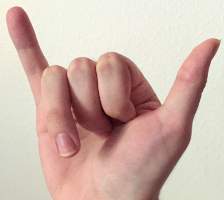 [Y] [Y]
| 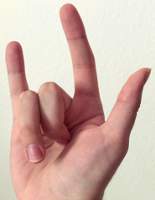 [Ÿ] [Ÿ]
| ||||||
| Circle |  [O] [O]
|  [D] [D]
|  [V{] [V{] | 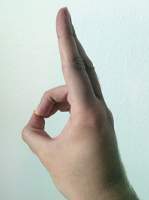 [V{(] [V{(]
|  [6{] [6{] | 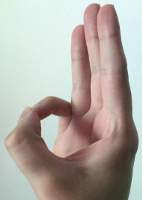 [6{(] [6{(]
| 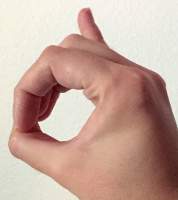 [I{] [I{]
| 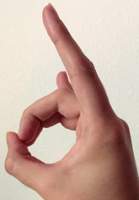 [Ŷ{] [Ŷ{]
|  [F] [F] |  [F(] [F(]
| ||
| Thumb touching flat fingers |  [S◅] [S◅]
|  [G◅] [G◅]
|  [I◅] [I◅]
|  [Ŷ◅] [Ŷ◅]
| 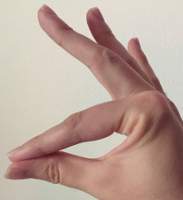 [F◅] [F◅] |  [F◅(] [F◅(]
| ||||||
| 90° fingers |  [Ñ] [Ñ]
|  [¬] [¬]
| ||||||||||
| 90° fingers, parallel thumb |  [Ñ▭] [Ñ▭]
| 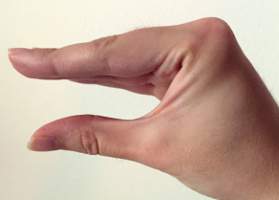 [¬▭] [¬▭]
| ||||||||||
| Fingers touching top of palm |  [E] [E]
| |||||||||||












